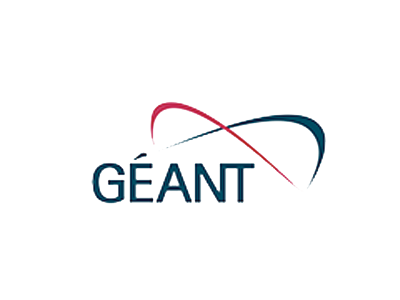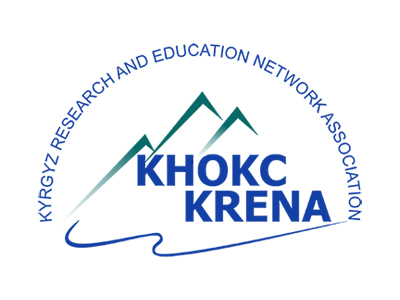
Supporting sustainable water management in Central Asia
Central Asia’s growing population, arid lowland ecosystems, agriculture and hydropower are dependent on headwaters of the Amu Darya and Syr Darya rivers which are mostly fed by snow- and glacier-melt from the Pamir and Tien Shan mountain ranges.
Concerns related to climate change, epitomised by glacier retreat and precipitation fluctuations, as well as to the cumulative effect of human intervention underpin the need for a better understanding of these hydro-meteorological processes which is critical for assessing the amount and timing of water supply.
Sustainable water management relies on sound environmental monitoring, with R&E networks playing an important role in making such data accessible to scientists and state agencies for informed decision-making.
The need for a modern monitoring infrastructure
The installation of a state-of-the-art infrastructure for acquisition and processing of monitoring data is at the heart of the CAWa (Central Asian Water) project. Launched in 2008 and funded by the German Federal Foreign Office as the scientific-technical component of the Water Initiative for Central Asia, the project is coordinated by GFZ (German Research Centre for Geosciences) in Potsdam, Germany; the Consortium brings together research institutions across Central Asia in the conviction that transnational water management requires a joint effort, based on sound monitoring and reliable data.
Capturing the data

Over the last few years, the project oversaw the installation of an extensive network of Remotely Operated Multi-Parameter Stations (ROMPS) that continuously capture meteorological and hydrological observations (e.g. snow and discharge parameters, air temperature and humidity, wind speed and direction, barometric pressure, soil temperature etc.).
As to data acquisition, some stations are served by a direct internet connection or a GSM link. However, the main data communications channel, particularly for remote stations, is the VSAT satellite system, with data being collated at GFZ.
The role of R&E networks

Sensor data transmission via satellite and national and regional R&E networks
But for this data to be useful, it needs to be shared in a timely fashion and easily accessible. And that is where national and regional research and education networks come in. The satellite data collected at GFZ is transmitted over the German DFN, the pan-European GÉANT, the Central Asian CAREN and eventually over the Kyrgyz KRENA networks to feed into a central Sensor Data Storage System (SDSS) developed and hosted at the Central-Asian Institute for Applied Geosciences (CAIAG) in Bishkek, Kyrgyzstan. In addition, water levels and volume data derived from satellite altimetry are automatically processed for a lot of selected lakes and reservoirs in the Asian region and continuously added to the SDSS.
Providing the data to a wide user community
SDSS serves one of the key objectives of the CAWa project and other initiatives, such as the ‘Global Change Observatory Central Asia’ (GCO-CA): the immediate and unrestricted dissemination of all acquired hydro-meteorological data to a broad range of users, including national hydro-meteorological services, state agencies and the international scientific and academic community.
A user-friendly graphical interface available in English, Russian and German offers the possibility to interactively retrieve hydro-meteorological data and selected water levels using a web browser. The user can select the station and variable of interest, display the data time series, print charts and download the data as XML file for further investigation via major data analysis tools.
SDSS is a powerful open data source to evaluate the current hydrological and meteorogical information, project future resources and to develop sustainable usage policies. CAREN’s connectivity drives this tool by feeding a daily data amount of 140 MB. We collaborate with our colleagues at GFZ also in other fields, such as disaster risk management, with SDSS playing an equally important role in making data available to the right people.
Dr. Alexander Zubovich, Head of the Department 3, CAIAG
For more information please contact our contributor(s):




